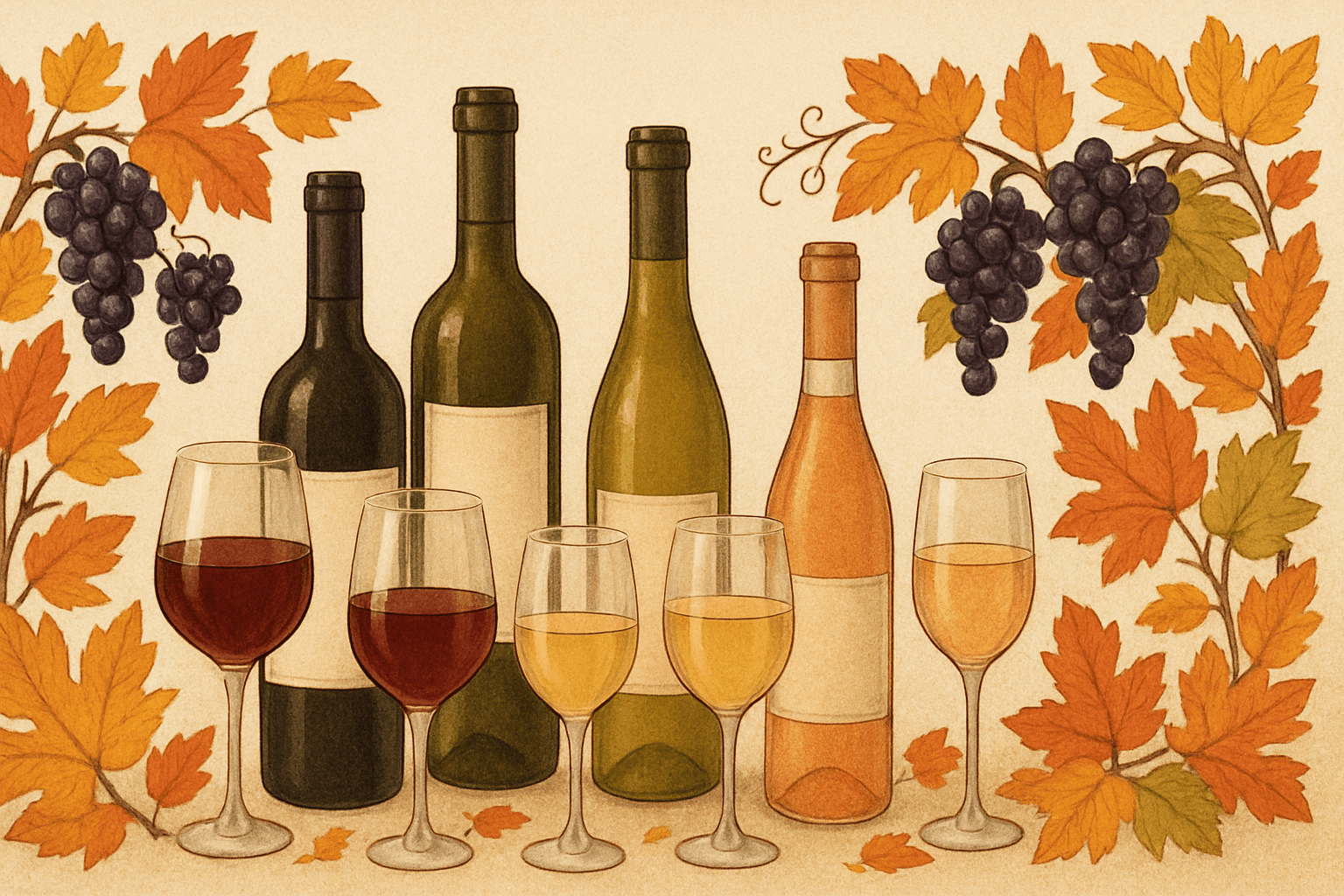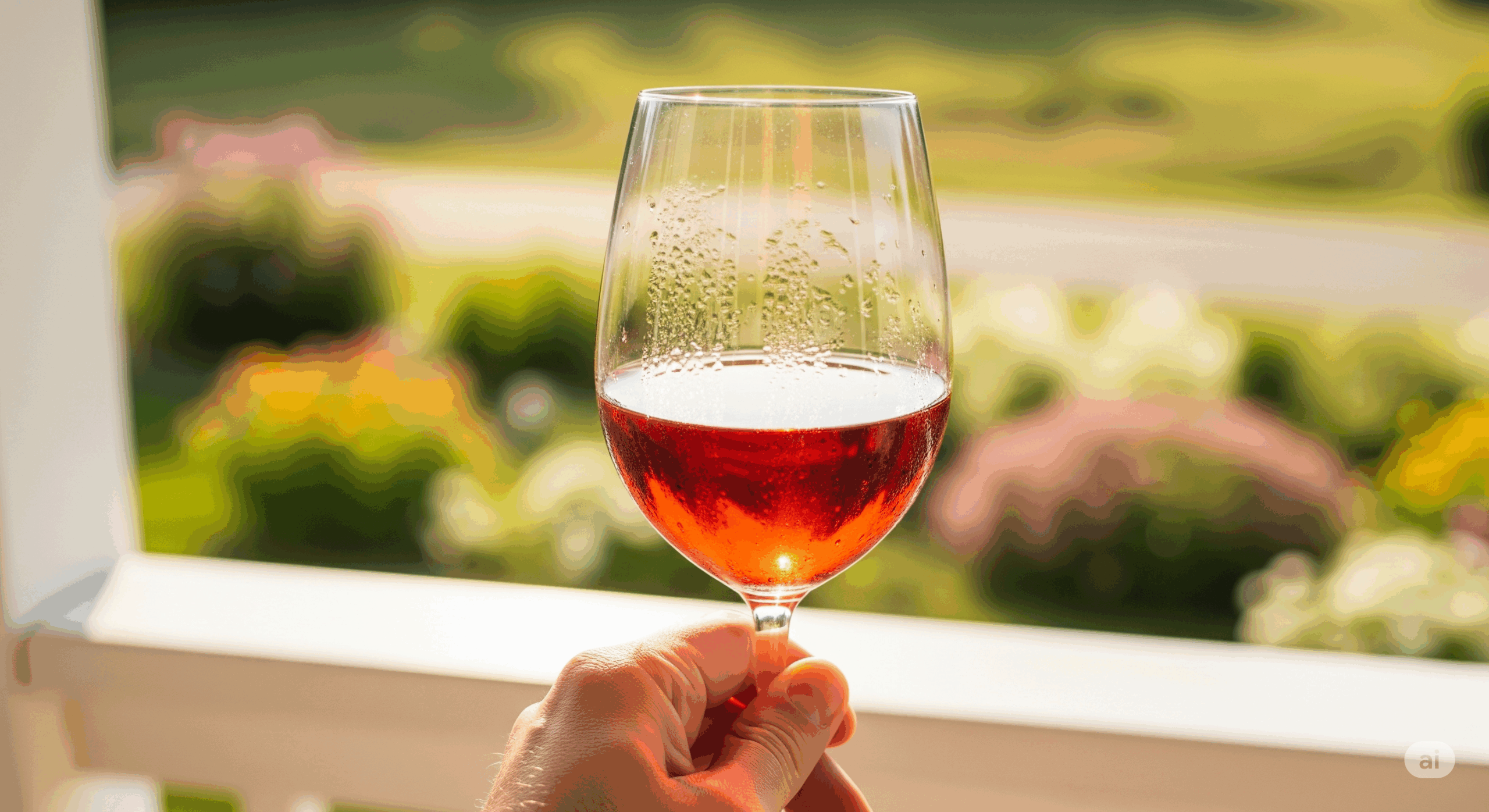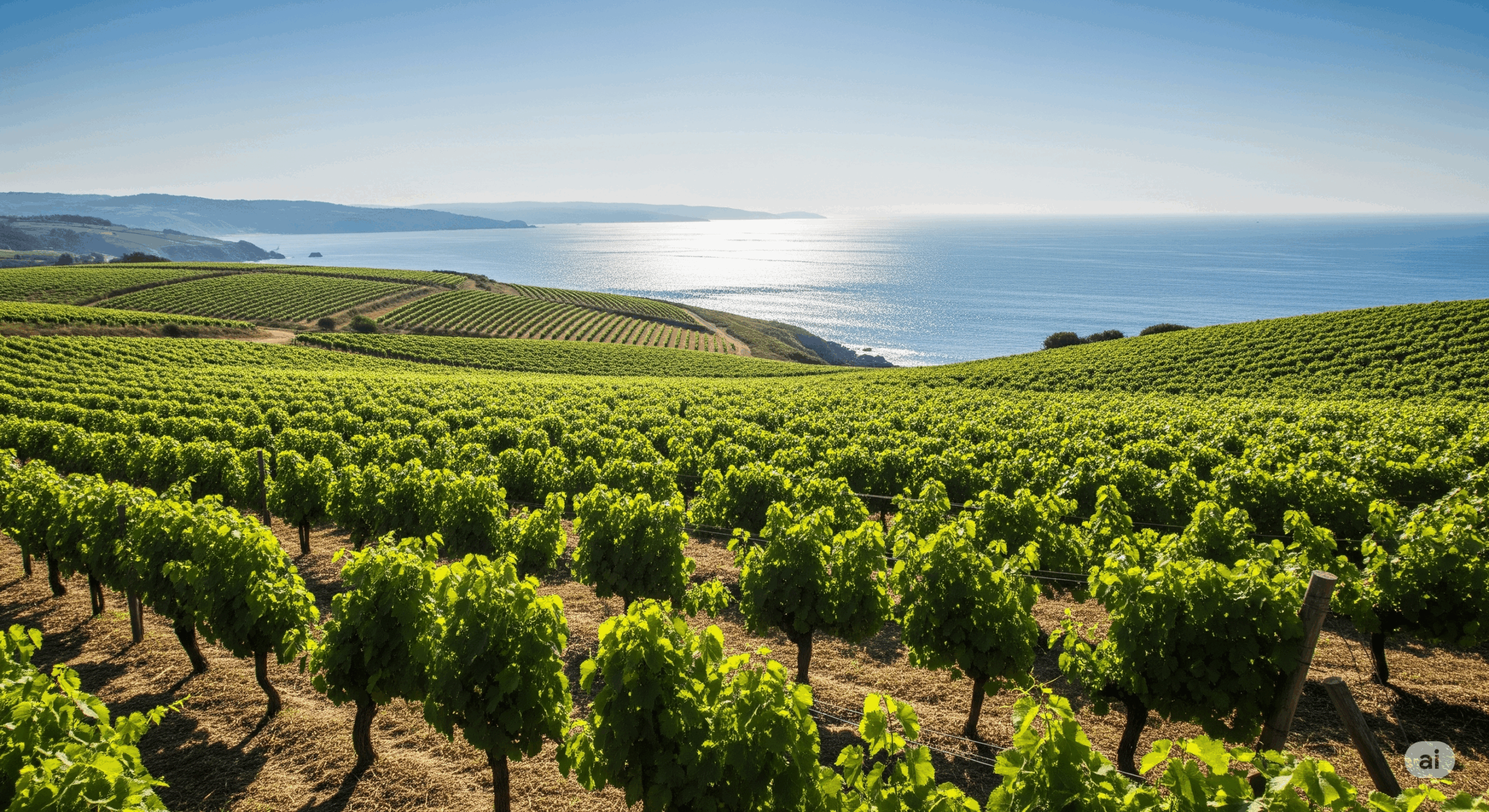As you develop your love for wine, it is inevitable that you will want to share your discovery with friends, family, and colleagues. But the further you get from that first sip that made you go “Wow!”, the easier it is to forget that some wine varietals can be an acquired taste. It takes time (and a lot of drinking!) to develop a sophisticated palate, so ease your wine novices into the experience. You want them to enjoy the journey you’re taking them on, not run for the hills. To get you started, here are a few wine varietals to showcase that are sure to include something to please everyone. And we’ve been sure to recommend specific wines that are not only terrific, but easily accessible and will not break the bank.
1. Start bubbly (Prosecco)
Prosecco comes from Veneto in Northeast Italy, in a small region called Conegliano Valdobbiadene. It’s at least 85% Glera, a thin-skinned green grape with a tendency toward high yields, which means a relatively neutral wine, no tannins, and somewhat high acidity – a perfect concoction for an excellent sparkling wine and easy to appreciate for beginning wine lovers. While Prosecco comes in various sweetness levels, we would recommend a “Brut” (the driest in the spectrum). A good choice would be the Nino Franco NV Rustico Brut (which also won the #1 Wine of the Year for Wine Enthusiast 2019!). It’s widely available and can be found for under $20/bottle. If you want something a little sweeter, you can go “Extra Dry” with La Marca Prosecco NV, which is a good option at around $15/bottle. Both will give you that crisp, fresh scent and taste that Prosecco is known to deliver. Think pears, citrus, honey, and spring flowers.
2. Fool them with a Riesling!
Riesling is a Chameleon among wines. It is often misunderstood as a purely sweet wine (which it can be!), but it can be so much more depending on where and how it is grown and produced. Whether it comes from the Old World (places like Germany, Austria, or France’s Alsace) or the New World (such as Washington or New York), there is a style of Riesling for every palate – light or full-bodied, dry or sweet, delicate or bold. One characteristic uniting all Riesling, however, is the grape’s high acidity. A good starter Riesling could be a Trimbach Riesling from Alsace, France ($18/bottle) or if you want something closer to home my “go to” Riesling when I first started many moons ago – a Chateau Ste. Michelle Riesling from Washington ($10/bottle). Both will give you a great experience with Riesling without feeling like you’re drinking from a candy jar.
3. Something crisp and light (Pinot Grigio or Sauvignon Blanc)
These are varietals many beginners gravitate to, so why not give them a taste of what they expect (otherwise they might think you’re hiding the ball). Pinot Grigio and Sauvignon Blanc are both white grapes that are clean and crisp with subtle flavors, making them relatively soft and approachable. They are typically not sweet wines (unless a winemaker chooses to harvest late), but they can fool you with their mild, fruity flavors. A key difference between the two is the aroma – Sauvignon Blanc tends to envelop you whole with its scent while Pinot Grigio can be very neutral (and a great wine for palate cleansing). If you’re leaning Sauvignon Blanc, try Kim Crawford Sauvignon Blanc from the Marlborough region of New Zealand. This is a great everyday drinking Sauvignon Blanc and can be found under $15/bottle. If you’re opting for a Pinot Grigio, try a Santa Margherita Pinot Grigio from Alto Adige, Italy’s northernmost wine-producing area where Pinot Grigios rank among Italy’s finest. And at around $18/bottle, it’s a great value.
4. Ease into reds (Pinot Noir)
Pinot Noir is relatively light and low in tannin with berry flavors even though it’s usually dry – not sweet. For those who follow movies, this is the “Sideways” wine! Its light body and low tannins make Pinot Noir a great choice for someone who likes white wine and wants to try reds. While Pinot Noir can bring lots of complexity when you take a deeper dive (and at a higher price tag), a good starter might be La Crema Sonoma Coast Pinot Noir from California at around $20/bottle.
5. Leave them with something bold (Cabernet Sauvignon)
Okay, this is where things get interesting. The journey so far has been relatively calm and relaxing. It’s time to hit them with a storm – a big, bold wine that they can chew on to show the depth and breadth of what wine is all about. While a Cabernet might be a little too intense for beginners, there will be those who fall in love with “big reds” right away. I should know, I was one of them! Cabernet Sauvignon (or “Cab” for short) has thick, durable skin and the vines are known to resist the elements. All of this helps produce a complex, full-bodied wine with amazing tannins. Cabs can get VERY expensive, particularly the “Cult Cab” movement in Napa Valley. But, don’t fear, there are some great regions producing Cabs at a great value. One such territory is Chile, particularly the Maipo Valley. Give Concha y Toro Marques de Casa Concha Cabernet Sauvignon at try at around $20/bottle.
Outcome
These wine varietals (and labels) are a great way to get a beginner’s feet wet and hopefully they’ll walk away with a better understanding of which types of wine they prefer. What’s great about wine is that their palate and relationship with wine will constantly evolve and they’ll have you to thank for the proper introduction. And as their palate evolves, there is no better way to find great deals, on great wine then Wine Bounty. That’s another tip you can pass along. Happy hunting!
Did you like this content? If you did, let us know and share it with your friends.
This page contains affiliate links. We receive a small compensation when you purchase through affiliate links. While clicking these links won’t cost you a cent, it will help us keep the lights on and buy more wine. To find out more, click here.






